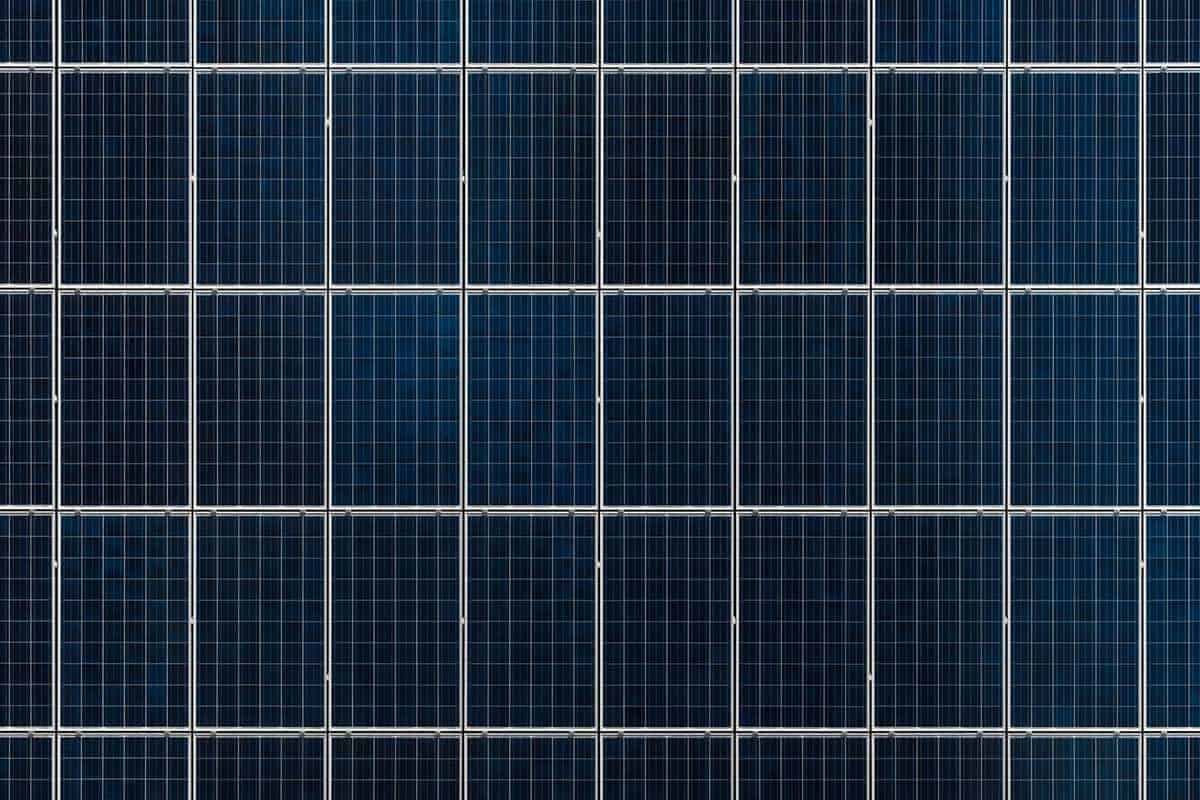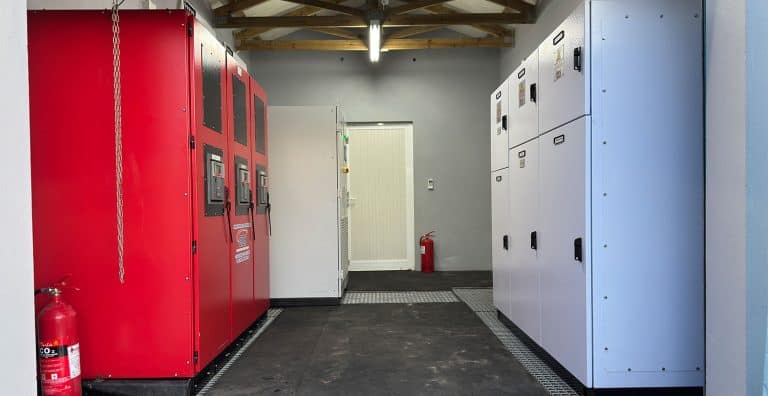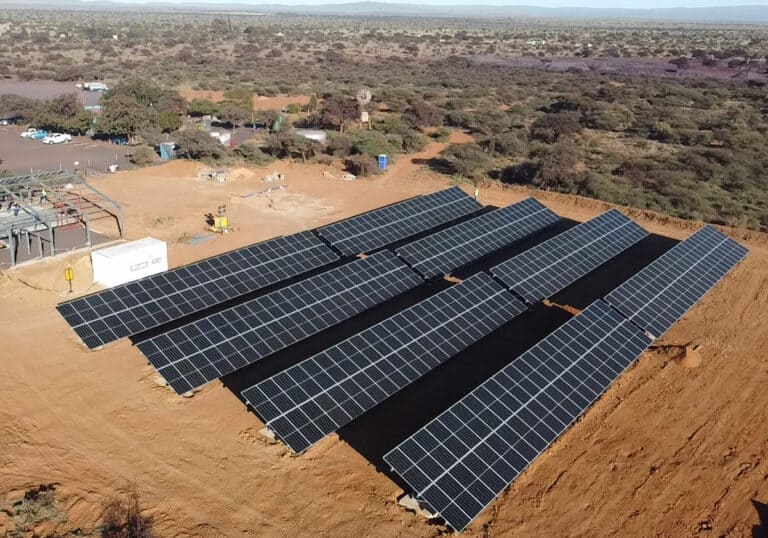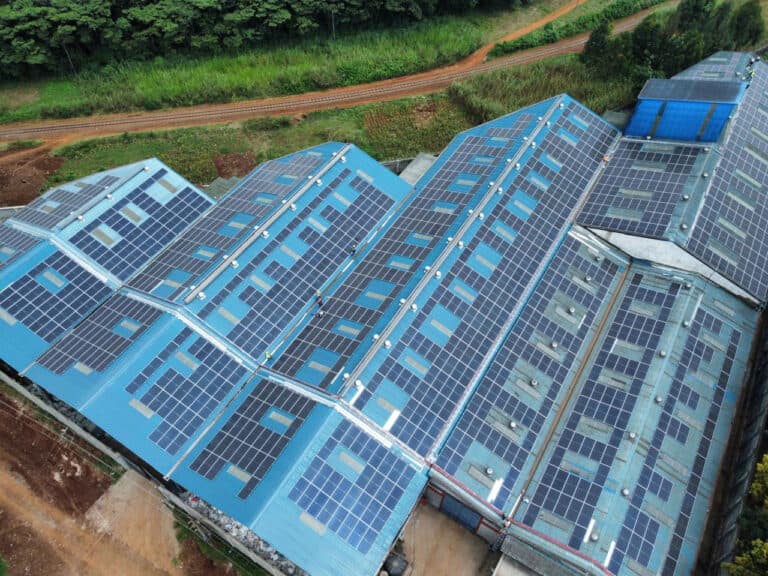Recently on site at a new installation in Gauteng, we had to install a safety line to avoid the risk of falling from the edge while working. Unfortunately, the 136kWp grid-tied installation at Romans Pizza Head Office in Centurion is not the only site where the New Southern Energy team have had to overcome potential safety hazards.
Solar safety is an important topic of discussion in the expanding solar EPC industry. Working with solar PV energy systems, which provide large amounts of power, some of which are off-grid systems, demands that the general photovoltaic safety rules are followed to minimize risk of injury or harm.
Here are our top tips for practicing safety in solar installations.
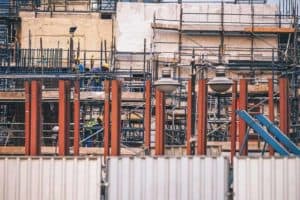 1. Prevent a Fall
1. Prevent a Fall
As mentioned above, a big risk in installing solar is the potentiality of falling. Even with the best pair of shoes for site, it is important to be vigilant and aware of the risk of falling.
Roof anchor tools are handy accessories that enable workers to feel safe, in case of the event they may lose their footing. These can be installed on the roof for the duration of a project, or they can be permanently installed if there is an expected amount of workload on that roof in the future. Further, a Roof Safety Harness is also a great option when working on a sloped roof, and together with a roof anchor forms a viable system for fall-prevention.
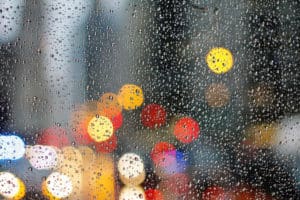 2. Don’t Work in the Rain
2. Don’t Work in the Rain
Not only will a wet tiled roof be slippery and dangerous in raining weather, but fixing panels to any roof in the rain can present problems when penetrating the roof or removing the tiles to fix the support rails. In order to avoid risk or injury, it is best to hold off installation until the weather is dry.
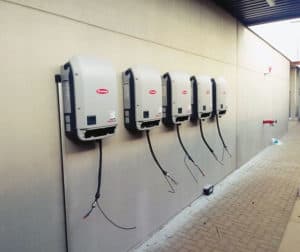 3. Avoid Electric Shock
3. Avoid Electric Shock
Direct Current (DC) can give a serious shock if one is not vigilant during installation. If you only follow one rule in this list, use this one. It is paramount that you adhere to all local codes, regulations, recommendations and manufacturer’s guidelines when installing a solar system.
Insulated tools and rubber gloves are an absolute must here. Further, do not wear any conductive items such as metal jewerly, watches etc. Before installing and wiring a solar system, it is important that the electrician does a final inspection to ensure everything is 100% before flipping the switch.
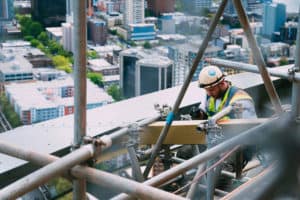 4. Check for Damage
4. Check for Damage
Not only do you want undamaged solar components because they cost a lot of money, but damaged wiring and components can also lead to loss in plant production over the life of the plant as well as potentially, fires and further damage to the plant. The first thing one should do upon receiving a shipment of goods, is check for damage.
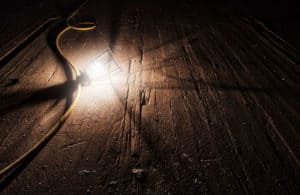 5. Do Not Work Alone
5. Do Not Work Alone
Based on the known risks when it comes to installing solar, it is important to not only be aware of safety precautions and the available tools for prevention, but also to ensure help is available if needed. If a worker falls from a roof or has an accident during installation, it is important to have backup on site for immediate response.
As the PV industry continues to grow exponentially in Africa, it is of the utmost importance to us that our workers are safe on site and return home full and well to their families at the end of every installation. Therefore, safety has become a top concern in our business and a critical component of our employee training. Top 5 Safety Practices When Installing Solar
View some of the solar systems that New Southern Energy has installed here.


